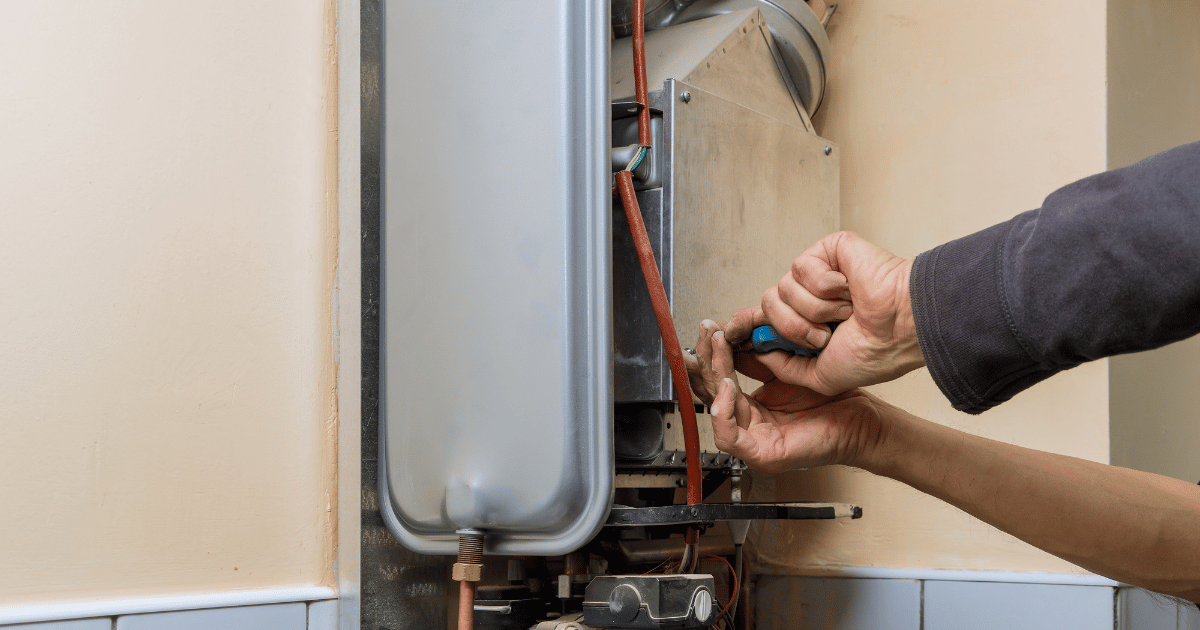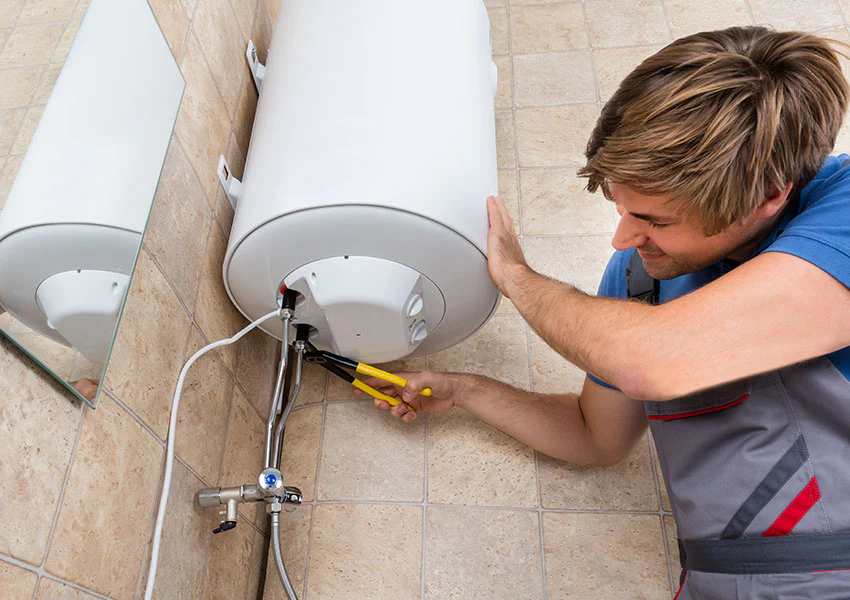How to Effectively Care for Your Home's Hot Water SystemBest Practices for Maintaining Your Home's Hot Water System
How to Effectively Care for Your Home's Hot Water SystemBest Practices for Maintaining Your Home's Hot Water System
Blog Article
How do you actually feel about Water Heater Maintenance Tips You Can't Afford to Forget?

Hot water is important for daily convenience, whether it's for a revitalizing shower or washing recipes. To guarantee your warm water system runs effectively and lasts longer, regular upkeep is essential. This write-up gives functional suggestions and understandings on exactly how to maintain your home's warm water system to prevent disruptions and pricey repair services.
Introduction
Preserving your home's hot water system may seem daunting, yet with a few straightforward steps, you can ensure it runs efficiently for many years to come. This guide covers everything from recognizing your hot water system to do it yourself upkeep suggestions and recognizing when to employ professional aid.
Significance of Preserving Your Warm Water System
Regular upkeep not just extends the life-span of your warm water system but likewise guarantees it runs efficiently. Ignoring maintenance can cause decreased effectiveness, greater power bills, and even premature failing of the system.
Indicators Your Warm Water System Demands Upkeep
Knowing when your hot water system requires attention can avoid significant concerns. Look out for indicators such as inconsistent water temperature, weird noises from the heating system, or corroded water.
Recognizing Your Hot Water System
Prior to diving right into maintenance jobs, it's handy to comprehend the fundamental parts of your hot water system. Usually, this consists of the water heater itself, pipelines, anode rods, and temperature level controls.
Monthly Upkeep Tasks
Regular monthly checks can assist capture minor problems prior to they rise.
Flushing the Water Heater
Flushing your hot water heater gets rid of sediment build-up, improving effectiveness and extending its life.
Monitoring and Replacing Anode Rods
Anode rods avoid deterioration inside the container. Inspecting and replacing them when worn is critical.
Evaluating and Changing Temperature Level Setups
Adjusting the temperature setups makes certain optimal performance and security.
Do It Yourself Tips for Upkeep
You can execute numerous upkeep tasks yourself to maintain your warm water system in top condition.
Checking for Leaks
On a regular basis inspect pipelines and links for leakages, as these can bring about water damages and higher bills.
Testing Stress Alleviation Valves
Evaluating the pressure relief valve ensures it functions correctly and avoids too much stress build-up.
Shielding Pipelines
Shielding warm water pipelines minimizes warm loss and can conserve power.
When to Call an Expert
While DIY maintenance is useful, some issues call for specialist expertise.
Complicated Problems Needing Professional Help
Examples consist of significant leakages, electrical problems, or if your water heater is consistently underperforming.
Regular Specialist Upkeep Benefits
Specialist upkeep can include comprehensive assessments, tune-ups, and guaranteeing compliance with safety criteria.
Final thought
Routine maintenance of your home's warm water system is necessary for effectiveness, longevity, and price savings. By following these pointers and recognizing when to seek professional aid, you can ensure a reputable supply of hot water without unanticipated interruptions.
How to Maintain an Instant Hot Water Heater
Before tinkering with your hot water heater, make sure that it’s not powered on. You also have to turn off the main circuit breaker and shut off the main gas line to prevent accidents. Also turn off the water valves connected to your unit to prevent water from flowing into and out of the appliance. 2. When you’re done, you have to detach the purge valves’ caps. These look like the letter “T” and are situated on either side of the water valves. Doing so will release any pressure that has accumulated inside the valves while at the same time avoid hot water from shooting out and burning your skin. 3. When the purge valves’ caps are removed, you have to connect your hosing lines to the valves. Your unit should have come with three hoses but if it didn’t, you can purchase these things from any hardware or home repair shops. You can also get them from retail stores that sell water heating systems. Read the user’s manual and follow it to complete this task properly. When the hosing lines are connected, open the purge port’s valves. 4. You should never use harsh chemical cleaners or solutions when cleaning your unit. Make use of white vinegar instead. It should be undiluted and you’ll probably use about 2 gallons. 5. Now flush your water heater. This task should probably take about 40 minutes. We can’t give you specific directions for this because the procedure is carried out depending on the type, model and brand of your heater. With that being said, refer to the user’s manual. 6. When you’re done draining the unit, you have to turn off the purge port valves again. Remove the hosing lines that you earlier installed on each of the water valves. Put the valve caps (purge port) back in their respective places and be very careful so as not to damage the rubber discs that are found inside these caps. 7. Now that everything’s back in place, check your user’s manual again to find out how to reactivate your water heating system. 8. Once it is working, turn one of your hot water faucets on just to let air pass through the heater’s water supply pipes. Leave the tap on until water flows smoothly out of it. https://www.orrplumbing.com/blog/2014/september/how-to-maintain-an-instant-hot-water-heater/

As a keen person who reads about What Kind of Maintenance Do Water Heaters Need?, I think sharing that section was really helpful. Loved our blog entry? Please share it. Help another person check it out. We take joy in your readership.
Explore Now Report this page